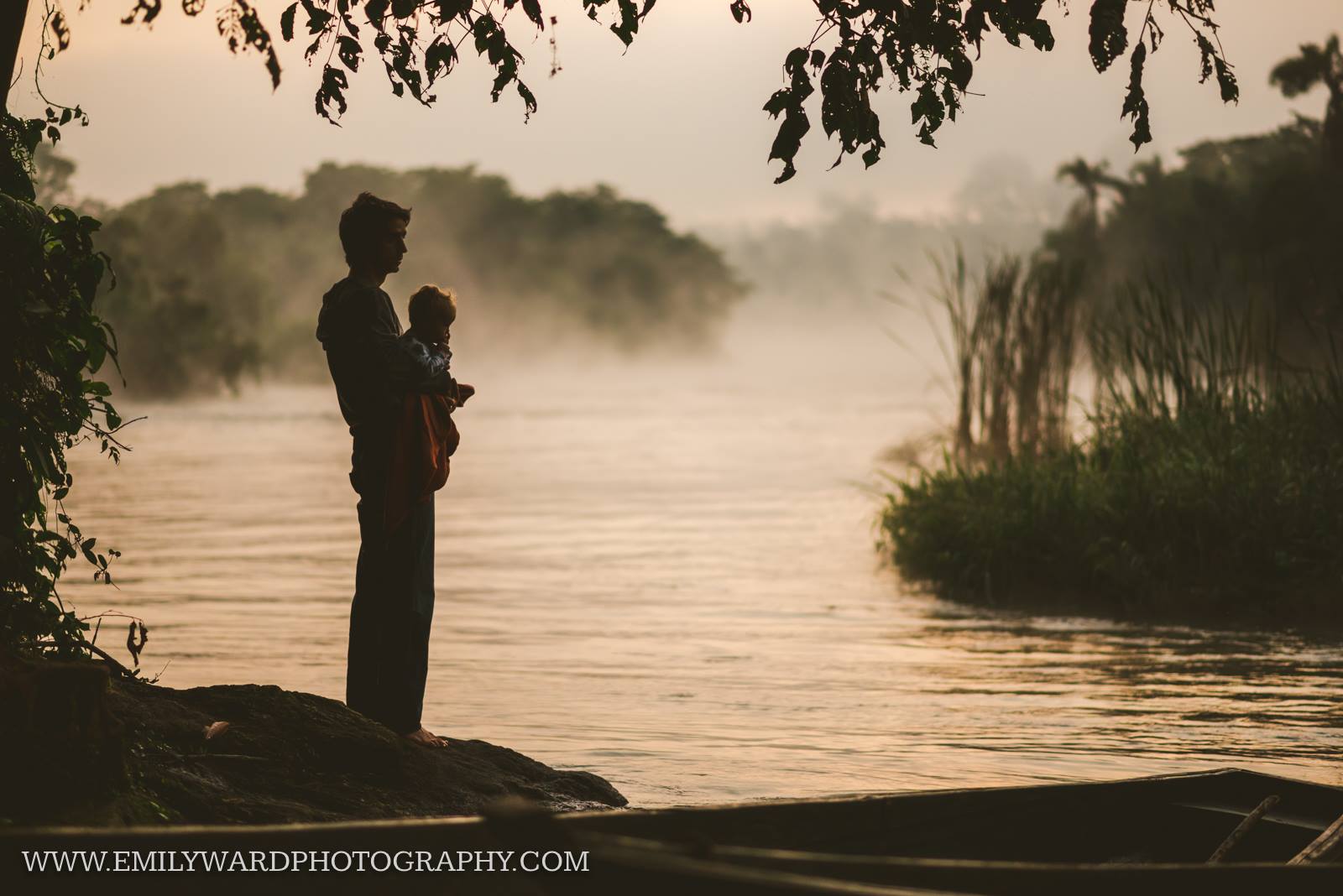Dan Wilkinson adds his take on large scale hydro schemes.
At the moment within the kayaking community there is a real rush to travel to iconic destinations in order to undertake last-chance descents of classic rivers (I’m off to Nepal to hopefully paddle the Humla Karnali in a couple of weeks, several members of Save Our Rivers have recently been to the Zambezi and Peru, and Eric Jackson and family have flown to Uganda to undertake the last descent of the White Nile before it vanishes underwater). This rush has been bough on by the increasing construction rates of large-scale hydropower schemes in all the corners of the Earth.
The day after the flooding started on the White Nile, destroying the last of the world class waves, whitewater and multiple local businesses, there appeared an article on the BBC News Website (Here) reporting on a peer reviewed paper (Here) damning the unsustainability of current common practices in large scale hydro-power constructions. This is not fresh news. In 1992 the National Research Council in the Unites States recognised that there was an ‘impairment of valuable environmental functions and amenities important to humans’ through the construction of hydropower projects, and supported the restoration of aquatic ecosystems (Here).

Large scale hydropower dams have been constructed in multiple places in Africa, Aisa and South America (Mekong River Basin, Amazon River Basin & Congo River Basin) and ALL have resulted in the same problems: Disrupted river ecology(Here), deforestation (Here), loss of biodiversity (Here), release of greenhouse gases (Here & Here), displacement of people and their livelihood and the downstream effects of blocking the flow of water (Here) have all been directly linked to dam construction.

The authors of the paper suggest several ways to transform hydropower and increase the sustainability these projects:
- Environmental impact assessments (EIAs) and social impact assessments (SIAs) need to be capable of stopping a dam from being built.
- EIAs and SIAs must be carried out by firms serving citizens rather than the dam builders, and they are essentials tools worldwide, whether in Brazil or Europe.
- Hydropower designs need to truly allow fish passage and mimic the seasonal river flows.
- Better governance needs to be created around dams.
- Greater transparency with society about the true costs and benefits (including social, cultural, economic, political, and environmental costs and the costs of dam removal at the end of the dam lifespan) is needed.
- Sustainability evaluation measures from the design through operation stage should be used. (vii) Innovative technologies that do not require damming the river or resettling population are needed. Addressing these issues can transform the hydropower sector.
Thanks to Emily Ward for her photos from the last days of another lost section of wild river in Uganda.


No Comments.